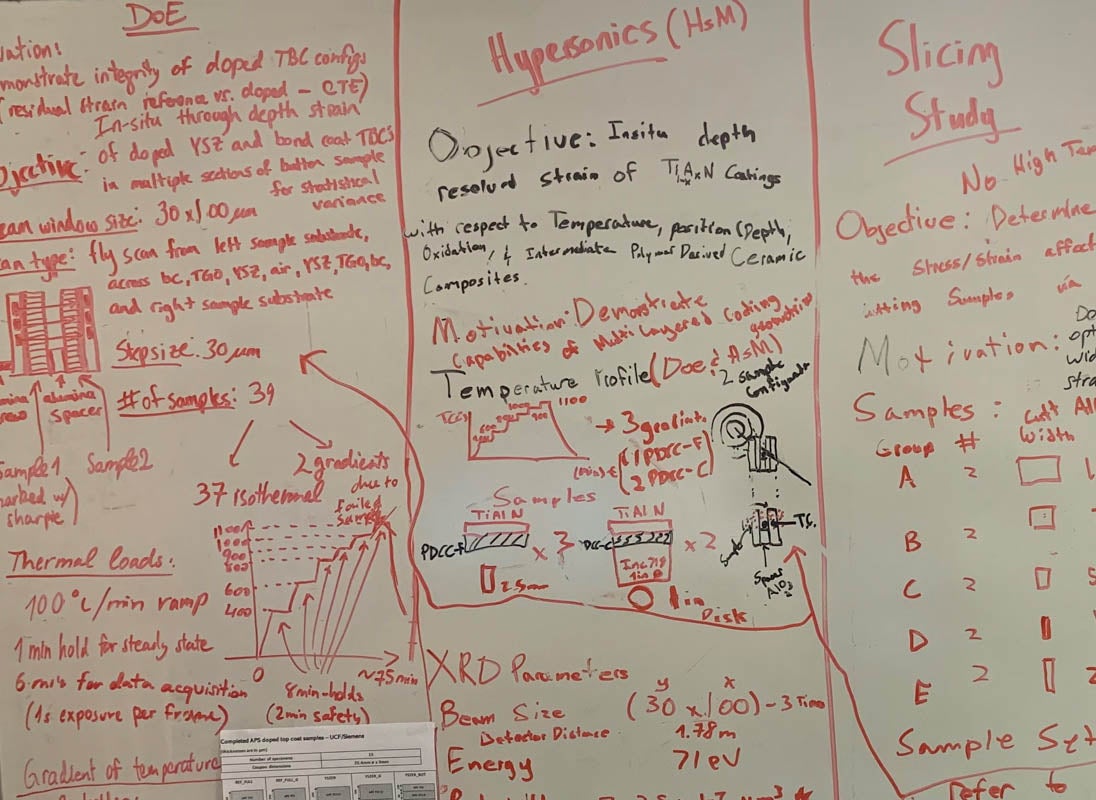As we usher out a new class of graduates ready to take on the world, graduation brings back my own memories from decades ago – the pure elation of achieving the only goal I had meticulously laid out for myself since I was 7: to become an engineer.
Yes, the journey had an unanticipated rocky start, which only added to anxiety; it all took longer than planned and the loss of my dad along the way meant I could not share the joy with the person who had inspired me the most. But through all of the challenges, I had finally made it.
I was merely a month into my dream job when it started to dawn on me that something was sorely missing. It was the strange stability I craved when I knew, amidst all of life’s uncertainties, that there was a goal to aim for and a plan to get there. There was the nagging question “What’s next?”
My intense focus to achieve that one goal meant I had not really thought past it. In one night of desperation, I carefully drafted a handwritten list of everything I wanted to achieve both short and long term, complete with steps to get there — it was my “troublesome” 5-year and 10-year plan.
Systematic planning is embedded in engineering training
Maybe it was a need to capture the snapshot of my dreams for the future at a time before they became blurred by anything that distracted me, or maybe it was my engineering training that kicked into action.
The thing is that engineering teaches systematic planning throughout design, build and testing to assure the predefined outcomes are achieved. But perhaps most crucial in the planning process is that it incorporates all considerations for alternative scenarios and conditions that lead to built-in redundancies in the final design. This is intended to ensure the best outcome under uncertainties.
Planning an experimental campaign
This, in fact, helped Apollo 13 mission specialists, astronauts and engineers orchestrate an extraordinary safe return to earth after an in–flight explosion led to a slow loss of oxygen and system failures. A series of decisions made as part of mission and engineering planning long before the mission was crucial to the ability to react and adapt to the challenges that arose. In engineering, simulation and training are part of that systematic planning effort.
Although not necessarily planning a space mission, I often describe UCF research at the Argonne National Laboratory in Illinois as bringing my team of students somewhat close to such an experience. Every once in a while, students take part in intense planning for experiments at the synchrotron facility. Only about 20 of such large scale, high energy synchrotron radiation facilities exist around the world producing intense beams of X-rays that have revealed secrets of the universe and solved some of our greatest scientific challenges. This makes access to “beam time” at such facilities highly competitive and extremely valuable.
As scientists, our goal is to produce groundbreaking scientific results in our field from experiments at the synchrotron. The months preceding an experimental campaign are filled with planning activities starting with clarifying goals and priorities, because if the beam experiences an unplanned shutdown or samples fail prematurely, every one of us needs to know the contingency and the critical experiments or data to salvage.
Prototyping, mocking up of experimental setups, and training on instrumentation allow us to better anticipate potential failures, troubleshoot and ensure backup parts are on standby. Training on handling and analyzing data help us to be prepared to quickly assess the data collected on site to identify problems and rectify them on the spot. The plan itself sits on our working whiteboard — a living, breathing document, changing in real time through the 96 hours of our precious window to knowledge at Argonne.
“Why did we spend all our time planning just to get here and have to change it all up?,” a student asked once in frustration of the perceived imperfection.
“Because, we are going to be successful in spite of adversity, and it is just because of all that planning. You’ll see,” I assured.
Planning can provide comfort in times of uncertainty but may only lead to anxiety if perfect execution is the only focus. But the immense value of the act of planning is most evident if your actual plans fall through.
Reacting to challenges
In a world often obsessed with perfection, maybe a true measure of success is having reacted well enough to challenges for the best possible outcomes, all thanks to a process of planning.
In the past 12 years, more than 20 UCF students have received opportunities to run experiments at the synchrotron, gaining valuable experience and mentoring from extraordinary scientists at the laboratory, silently changing perceptions of what experimental planning and successful execution really looks like. Many have gone on to earn national recognition for their research through awards and fellowships.
As for my “troublesome” plan, it was indeed a silent driver during the years, pushing me out of latency toward the goals that never diminished but helping me let go of what I no longer cared for. It was “troublesome” to me because it was a plan that required people around me to make sacrifices, a cost I had not envisaged when I wrote it.
The realization was that none of it could have been achieved without their support and that the journey, however different it was from what I imagined, was all that really mattered.
Seetha Raghavan is a professor in UCF’s Department of Mechanical and Aerospace Engineering. She can be reached at seetha.raghavan@ucf.edu.




